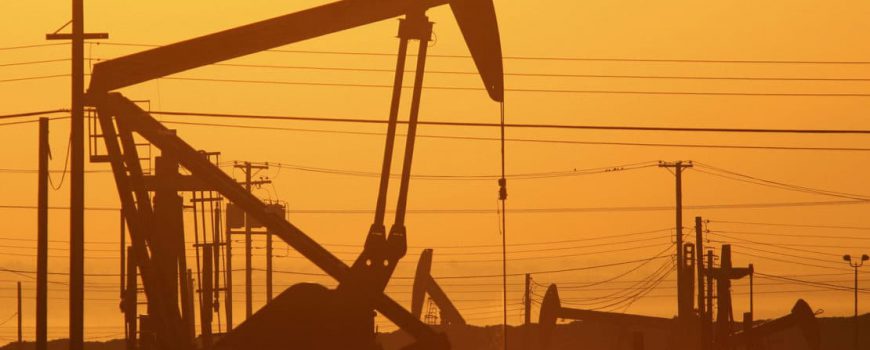)
The Dow Jones Industrial Average and S&P 500 were both down today as several rebellious US state governments accused President Donald Trump of illegally delaying certain energy efficiency standards, which some investors believe could translate to difficulty for Trump in delivering on his promises of regulation rollbacks. Several states and municipalities banded together, forming a coalition, to argue against Trump’s administration citing its delay of energy efficiency standards for several consumer and commercial products contradicted federal law. With this happening less than two weeks after the failed attempt at passing comprehensive healthcare reform, political commentators are noting that Trump’s agenda has face significant opposition.
Trump’s campaign rhetoric and his announced plans for the country after winning, sent markets roaring on a historical run, driving indexes to record highs, however significant setbacks in implementation have left analysts questioning how long it will take to cut taxes, reform regulations and deliver massive infrastructure improvements as he promised. There hasn’t been any drastic movement in the financial markets yet, with many analysts seeing the slight fall as more of a re-balancing act than significant panic, since some investors believed the market could have been slightly oversold because of the earnings estimates to share price ratio which being higher than normal. Trump floated the idea on Sunday that he would consider using trade as a mechanism to force China to cooperate against North Korea, possibly setting the tone for his meeting with the Chinese leader later this week.
Investors are also awaiting earnings reports in the hopes that they will deliver good results that justify lofty valuations, with the S&P currently trading at about 18 times earnings estimates for the next 12 months, with the historical average hovering around the 15 times mark. All three major averages – the Dow, the S&P 500, and the NASDAQ composite – were down for most of the day, all in between negative 0.5-0.7%. The most widely accepted measure of volatility, the CBOE Volatility Index, or VIX, as it is commonly referred to, rose for the third straight day in a row, meaning trading speed seems to be picking up. Though all the S&P 500 sectors were lower today, financials led the way, ending with a fall of 1.3%. Investors have been disappointed by the slowdown in commercial lending growth this quarter in the banking sector, which should be a significant part of their business. However, Tesla was a bright spot on the day, as its shares gained nearly 6% in a day of training after news broke of their record first quarter vehicle deliveries.

